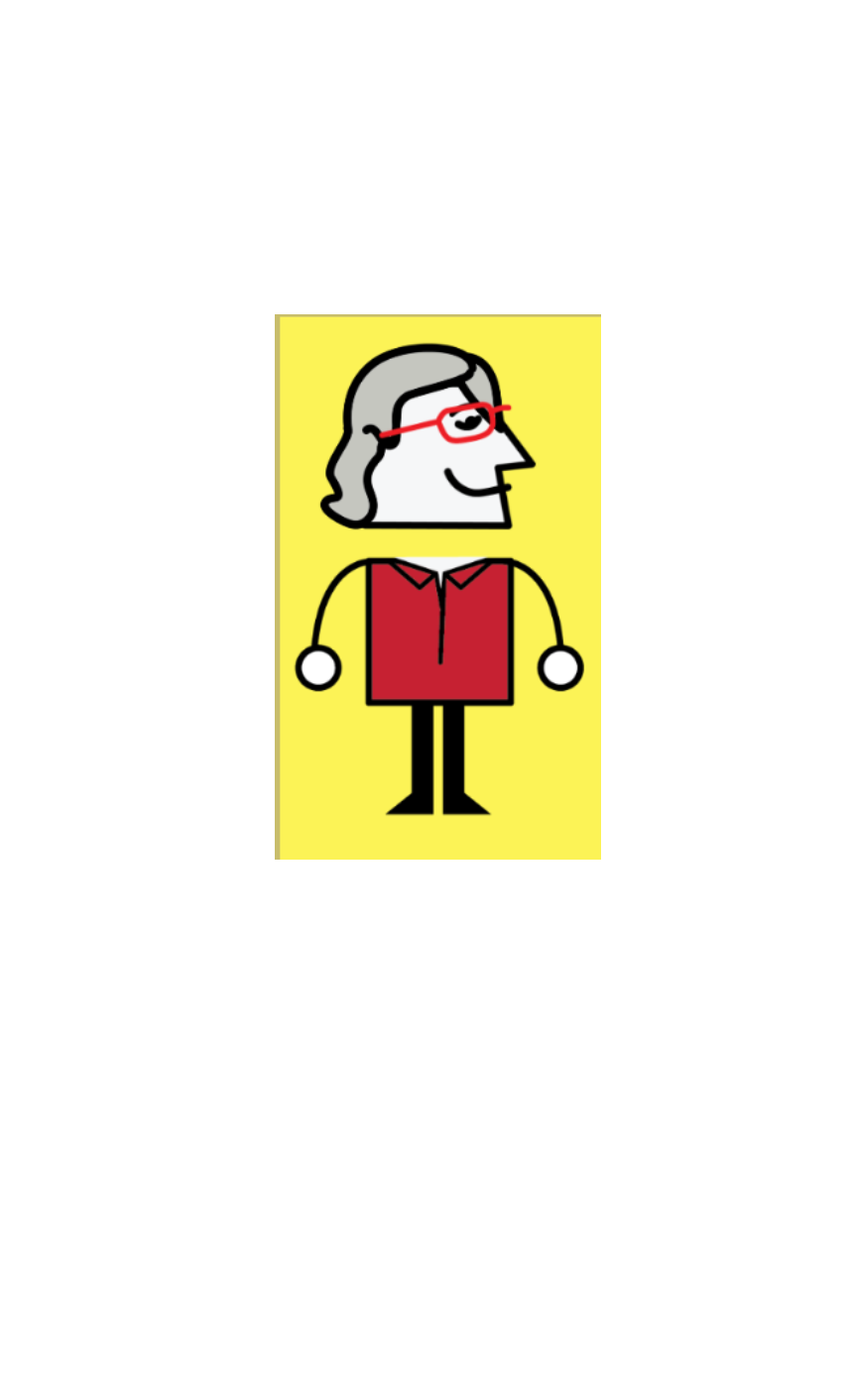What Drawing a Vase Taught Me About Coaching, Curiosity… and Creativity
- Foong Sin

- May 24
- 3 min read
It started with a vase.
A simple prompt during the LUMA practitioner certification course:
"Take a marker. One yellow post-it. Draw a vase."
Eleven of us. Eleven unique vases. Most of us laughed—especially the ones who proudly declared, "I can’t draw."
Then came the second prompt:
"Now think—what do you like or dislike about flowers? Draw again that reflects that."
And just like that, the room shifted. We weren’t just drawing anymore. We were translating users' emotion into shape, preference into structure, and story into sketch.
That was our first lightbulb moment. And it didn’t stop there.
Meet Lu.MI: My Learning Self
Somewhere between sticky notes, laughter, and "a-ha!" moments, I met a renewed version of myself: Playful. Unafraid to draw something imperfect. More Curious.
I named her Lu.MI—a little avatar who now reminds me what real learning feels like.
Lu.MI stands for Light-up Moments Inside.
She embodies the spirit I try to bring to every coaching session, team dialogue, and facilitation space. Grounded, discerning, and deeply curious. Not to give advice or rush to fix, but to create the kind of space where insight becomes inevitable. I don’t claim to know all the answers. Because I believe the most powerful ones live within the people I work with. But I do bring structure, challenge, and care to help those answers rise to the surface.
What Design Thinking Reinforced About Coaching
The LUMA system gave us structured tools for creative collaboration.
But more than that, it offered language—and clarity—for ways of thinking and working that I’ve practiced intuitively in some form as a coach, while also expanding my understanding of what’s possible.
🌱 Looking
Observe. Map. Step back. Stakeholder Mapping and Experience Diagrams helped uncover the unsaid.
🎨 Understanding
Sense patterns. Reframe problems. Affinity Clustering and Insider Statements made collective sense-making tangible.
🛠️ Making
Prototype. Storyboard. Test ideas, even rough ones. From Creative Matrix to Rose-Thorn-Bud critiques, we discovered how feedback could become a co-authored next step.
All this anchored by our facilitator Allen’s reminder:
"Done better than perfect."
I didn’t walk away with answers. I walked away with recipes. Not fixed methods, but flexible mindsets—ready to adapt for different people, contexts, and possibilities.
For Leaders: A Simple, Human-Centred Team Practice
Leadership today isn’t about knowing it all. It’s about making space for insights to emerge.
One accessible method I’ve found powerful:
🌹 Rose, Thorn, Bud (RTB)
Rose – What worked well? What we like?
Thorn – What was frustrating or unclear?
Bud – What fresh opportunity is emerging?
RTB isn’t a generative tool on its own—but it’s an excellent doorway into deeper design. Pair it with clustering or ideation when the team’s ready. For me, it was a gentle yet impactful start. I plan to use it more often myself—whether in facilitation or even around the family table.
It doesn’t require fancy tools. Just a bit of space, and a willingness to really listen.
The Power of Play and Post-its
Some of our most meaningful moments came not in the frameworks, but in the freedom:
🟡 Laughter over marker-drawn vases
🟡 Collective creativity that sparked 180 ideas in 30 minutes
🟡 Group critique that felt like co-creation—not correction
Design thinking—and coaching—share this in common:
Both are iterative. Both are human. Both honour curiosity more than control.
From the Classroom to the Coaching Room
This wasn’t my first exposure to design thinking. I first encountered it at NUS SCALE back in 2019.
But this time, it felt like a re-entry with more depth. Now, with three assignments ahead and a new lens in hand, I’m not just learning. I’m integrating.
Into how I coach. How I lead. How I listen.
A Learner’s Note
I’m still completing my LUMA practitioner certification. This post isn’t a guide—it’s a reflection. If you’re further along in your own design thinking journey, I’d love to hear how you’ve integrated these tools in real-world leadership, facilitation, or coaching.
An Invitation to You
If any part of this sparked something in you—maybe a memory, a moment of clarity, or a gentle challenge, I’d love to continue the conversation.
Leave me a message here on the website. Or come over to LinkedIn to connect and share
And if you’re a team, educator, or organisation exploring more human ways to think, design, and grow, I’d be honoured to walk that journey with you.
Let's keep learning and integrating - not perfectly, but boldly.




I am new to this concept of design thinking and certainly see the power of this tool to supplement the coaching journey. Thanks for sharing